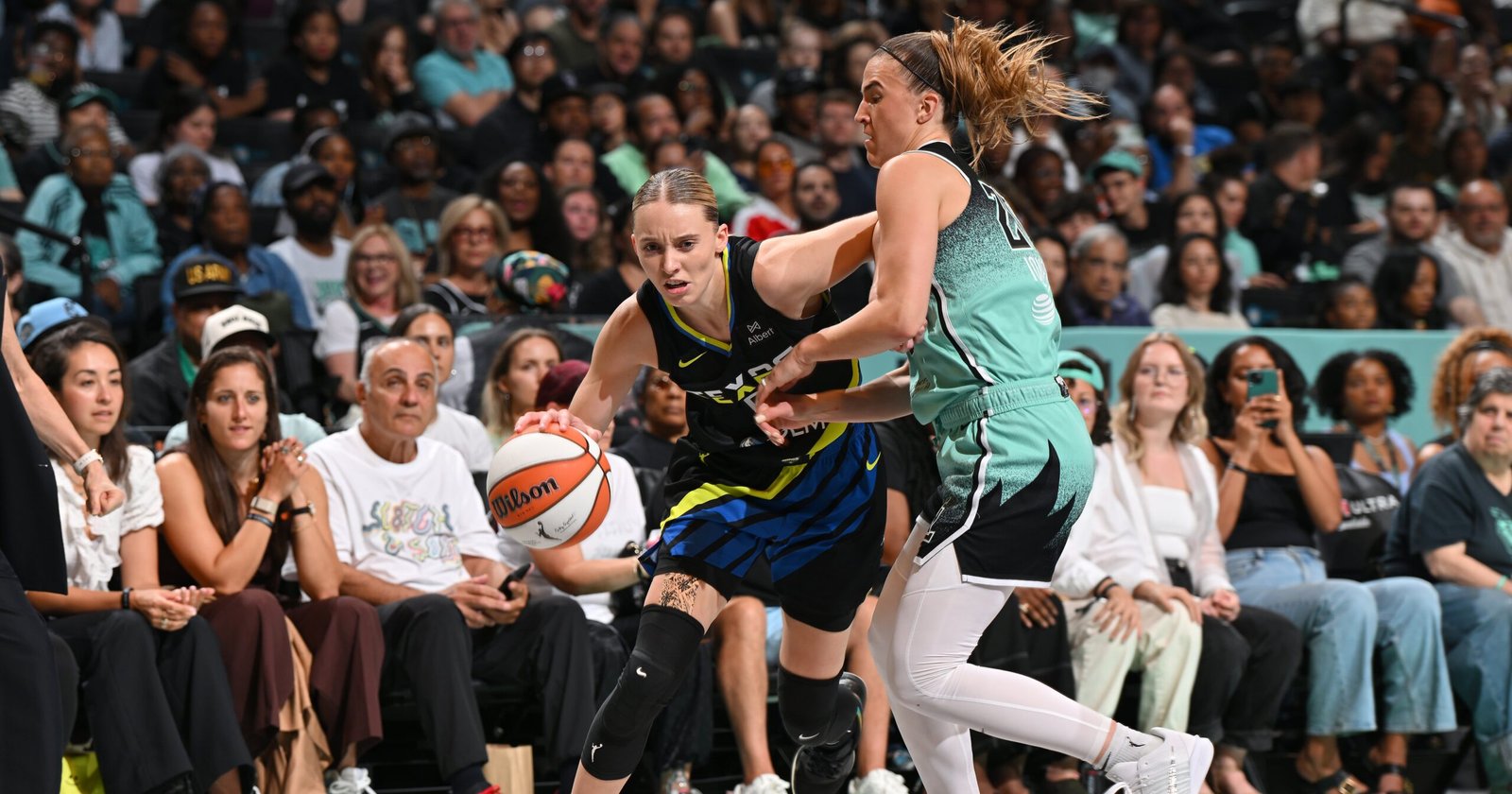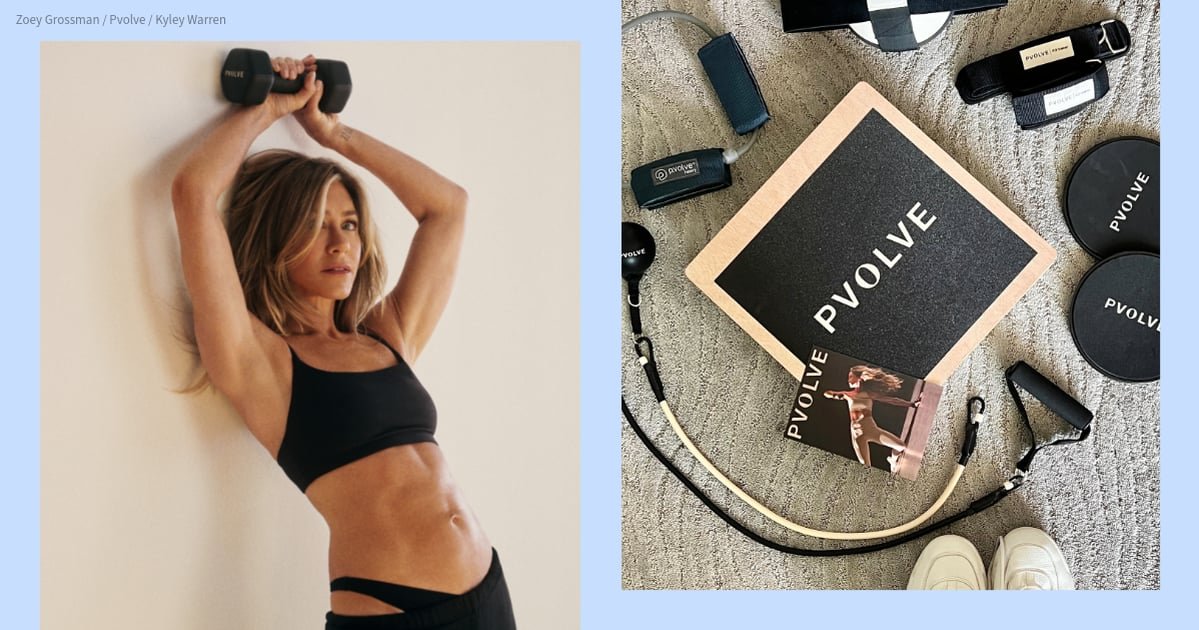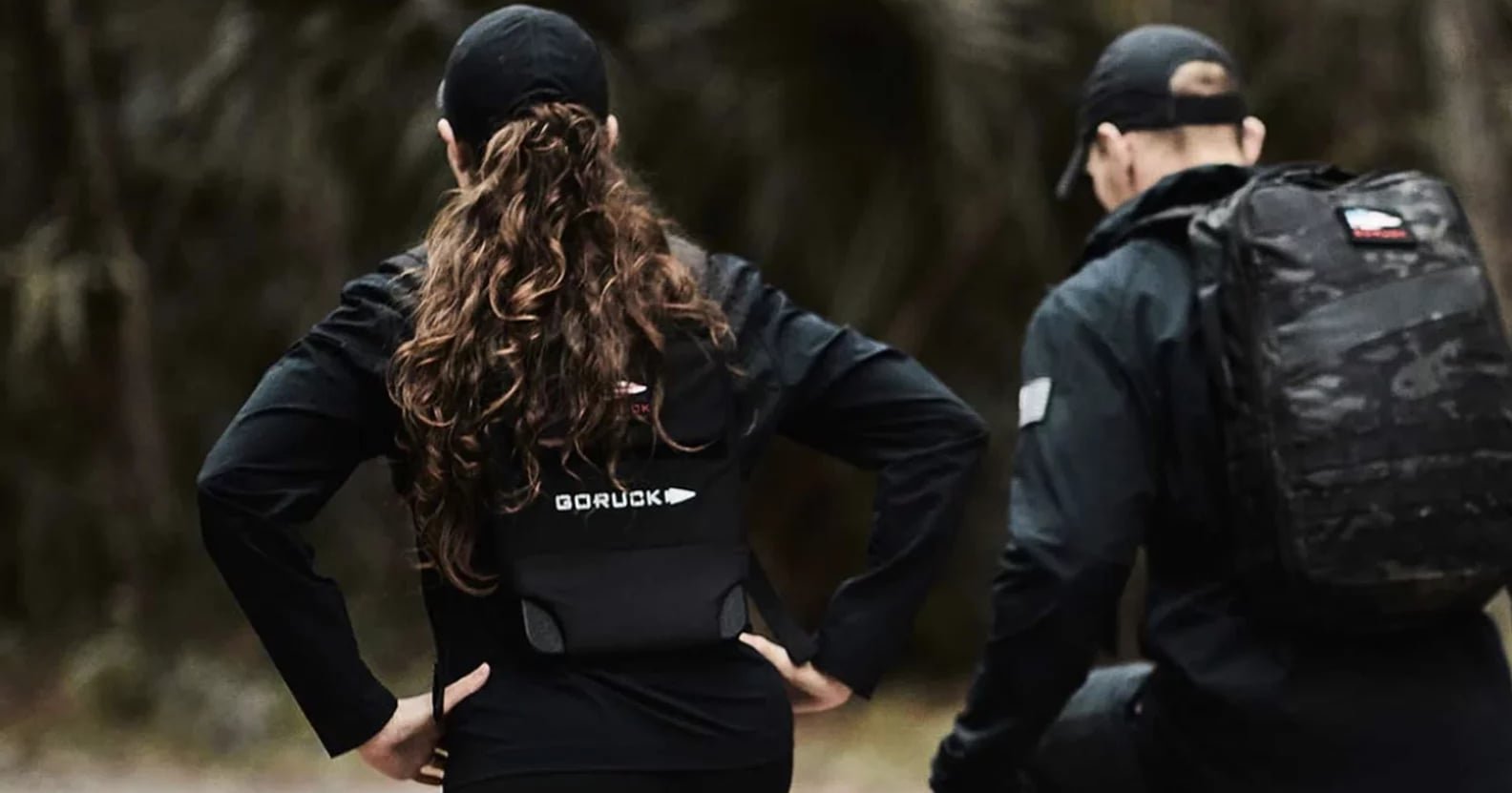You Don’t Know What WNBA Players Go Through

The WNBA season is well underway, and it’s never looked brighter: packed arenas, front-row celebrities, and historic endorsement deals. But, behind the growing hype and media buzz lies a quieter, more personal revolution: the mental health of the athletes.
Increased attention on women’s sports is undeniably a victory. It is a long-overdue step toward gender equity, pay parity, and cultural visibility. But this progress comes with a complex reality: alongside record-breaking endorsements and sold-out arenas, female athletes are also facing increasing threats to their safety, mental well-being, and their personal lives.
For instance, high-profile players like Caitlin Clark and Paige Bueckers have experienced stalking incidents and needed enhanced security measures. And due to the extreme online harassment directed at WNBA players, the Chicago Sky launched a campaign using AI to block abusive messages on social media. Most recently, fans have been throwing sex toys during games, some of which have landed on the court and others have hit fans, including children at a recent New York Liberty game. According to the Washington Post, there have been six incidents since August 9. Sky center Elizabeth Williams called the incidents “super disrespectful” and “really immature,” while Sparks coach Lynne Roberts said, “It’s ridiculous, it’s dumb, it’s stupid,” per the Athletic. It’s also dangerous, she added — and a clear threat to player safety. I’d go as far as calling it sexual harassment.
This all points to the fact that these instances of hate and abuse aren’t isolated issues; they are the byproducts of a system that demands constant performance while offering inconsistent protection.
On top of that, for decades, athletes have been expected to push through pain, suppress emotion, and “tough it out,” at the cost of their mental and emotional well-being. In women’s sports, that pressure is compounded by the burden of representation. Historically, women athletes haven’t had the space to be overwhelmed, to say “I’m not okay,” without it becoming a critique on gender and why women “can’t” be good athletes.
While we’ve made some major improvements around this stigma, the last thing you want to do is contribute to it. As fans, institutions, and media, we are all participants in shaping the emotional ecosystem around athletes. How we respond to their vulnerabilities — whether we mock it, ignore it, or honor it — reflects how we treat vulnerability in our own lives and in our communities.
So, What Can You Do to Be a Better Fan?
What is inspiring and hopeful about this moment in time is that athletes are less afraid and hesitant to talk about their own mental health, as well as advocate for others. But athletes can’t carry this conversation alone.
Here’s how fans, media, and everyday readers can actively support WNBA players speaking up:
- Amplify their messages, not just the game highlights: When players open up about their mental health experiences off the court, share their posts or comments. Maybe they’re fundraising for a mental health resource or initiative — share that information. We are so quick to post the game highlights, memes, and interviews, but don’t often support the athletes’ passions and experiences off the court.
- Report inappropriate fan behavior: If you’re at a game and see someone creating an unsafe space for other fans and players, report it. Notify staff, ASAP. The league launched its “No Space For Hate” initiative to better protect more players as a whole. And as fans, we must do our part, too.
- Challenge stigma in comments, but don’t be a keyboard warrior: WNBA players frequently deal with harassment online, including gendered and racialized comments when they speak up about their mental health. The best thing you can do to support is to report the comments if you see them and flood the post with positive support. Don’t engage with inappropriate, hateful, or snarky comments yourself. This will protect your mental health and time as well.
- Avoid hot-takes: Current pop-culture is quick to make hot-takes on what happens on and off the court. Respect the players’ decisions, especially after a loss, a misstep, or an absence, and avoid speculations. Pop-culture gossip can fuel the pressure that many athletes are already in and potentially increase their difficulties.
Ultimately, the cost of progress in the WNBA shouldn’t be athlete well-being. And if we want to celebrate this moment in women’s sports as a true win, we have to address not just the visibility gained, but also make room for the vulnerability that comes with it.
The same forces that wear down athletes are impacting all of us: constant visibility, social media pressure, performative expectation. When an athlete sets a boundary, takes a mental health day, or shares their story, they’re creating space for the rest of us to do the same.
So when we support athletes in prioritizing mental health, we’re not just cheering for them, we’re practicing a new kind of cultural empathy — one that allows us to engage with other people’s emotional realities even when they differ from our own, and to honor those differences with care.
— Additional reporting by Alexis Jones
Israa Nasir is a New York City-based psychotherapist and author of “Toxic Productivity: Reclaim Your Time and Energy in a World That Always Demands More.” Israa received her undergraduate degree in psychology at the University of Toronto and her master’s in counseling at Adelphi University in New York. She is also certified in cognitive behavior therapy and rational emotive behavioral therapy. Israa is a PS Council member.
Alexis Jones is the section lead of the health and fitness verticals at Popsugar, overseeing coverage across the website, social media, and newsletters. In her seven-plus years of editorial experience, Alexis has developed passions for and expertise in mental health, women’s health and fitness, racial and ethnic disparities in healthcare, and chronic conditions. Prior to joining PS, she was the senior editor at Health magazine. Her other bylines can be found at Women’s Health, Prevention, Marie Claire, and more.


